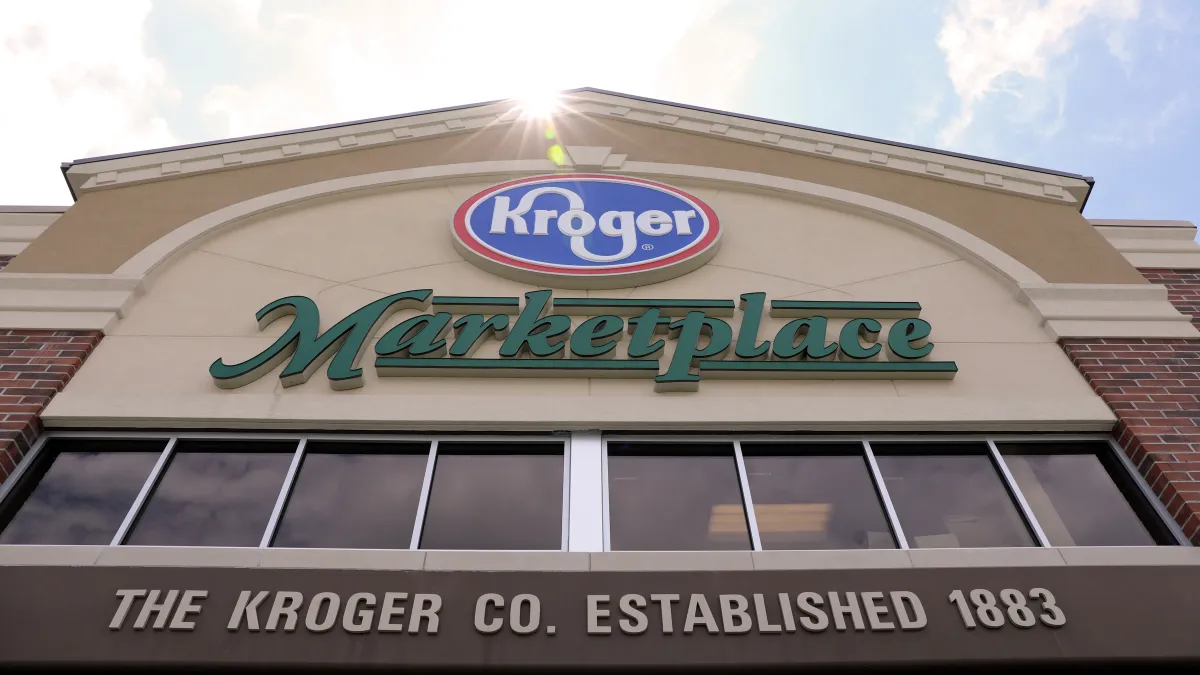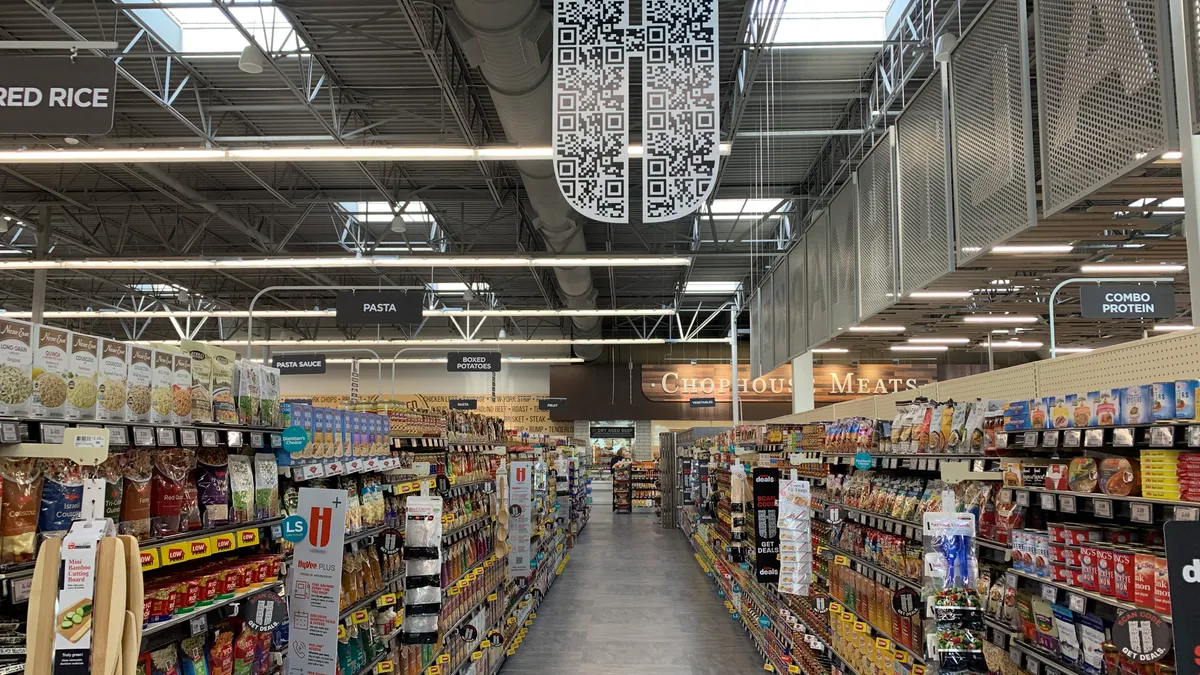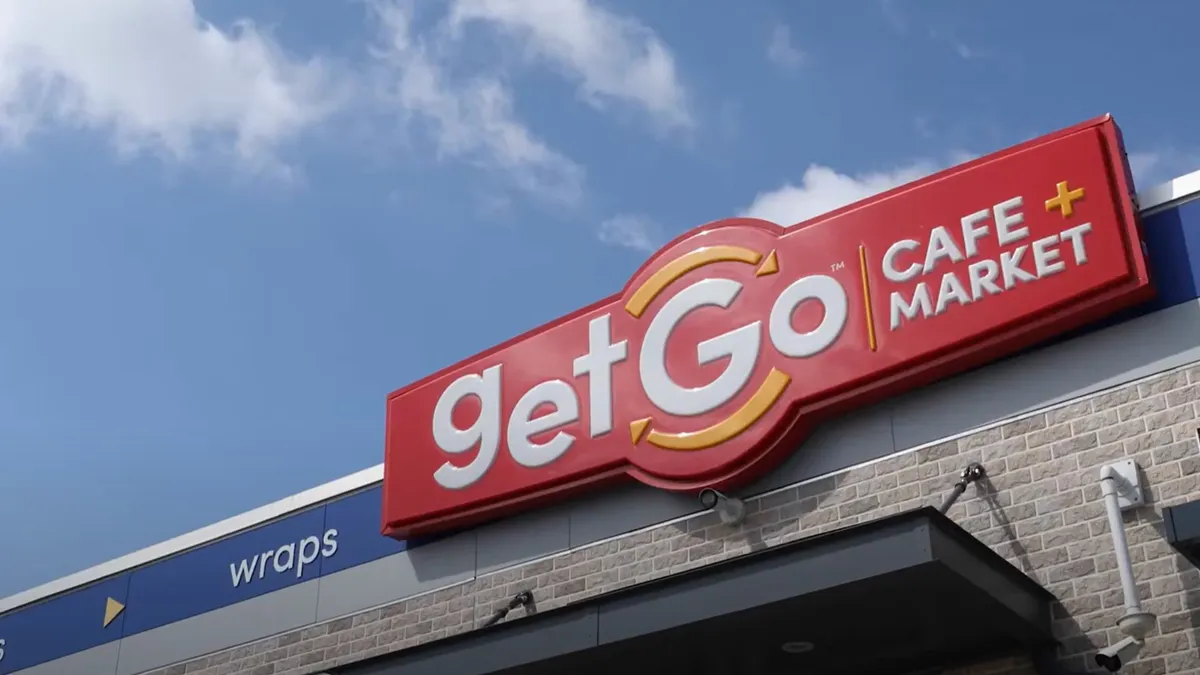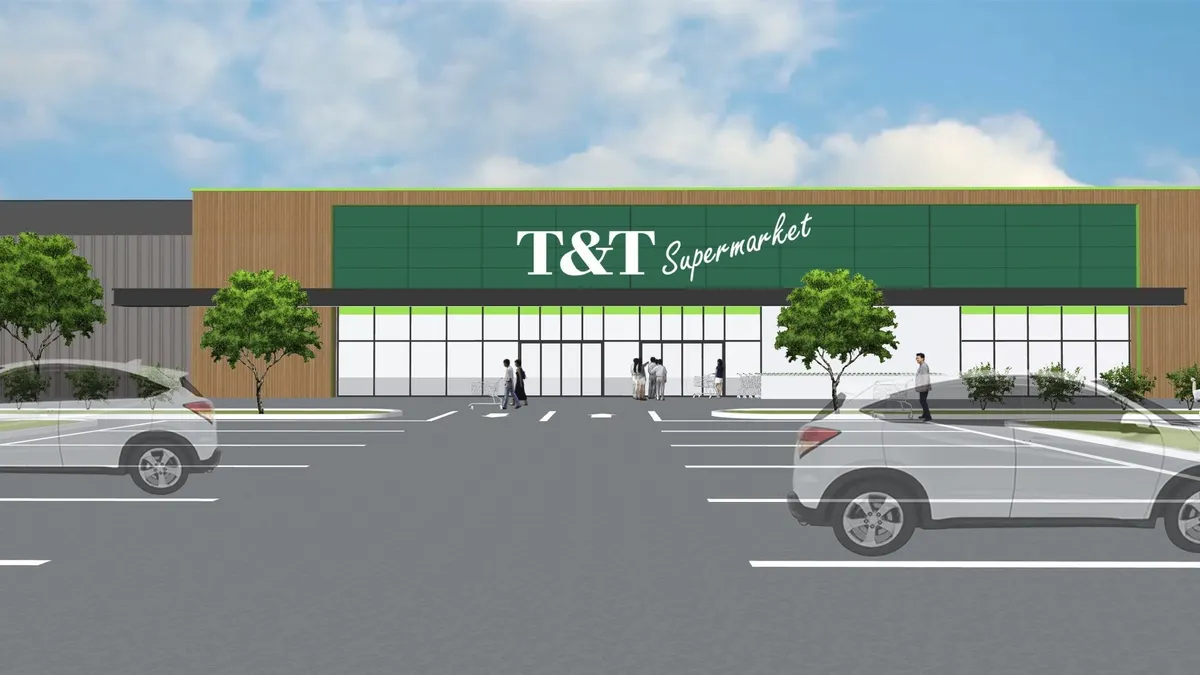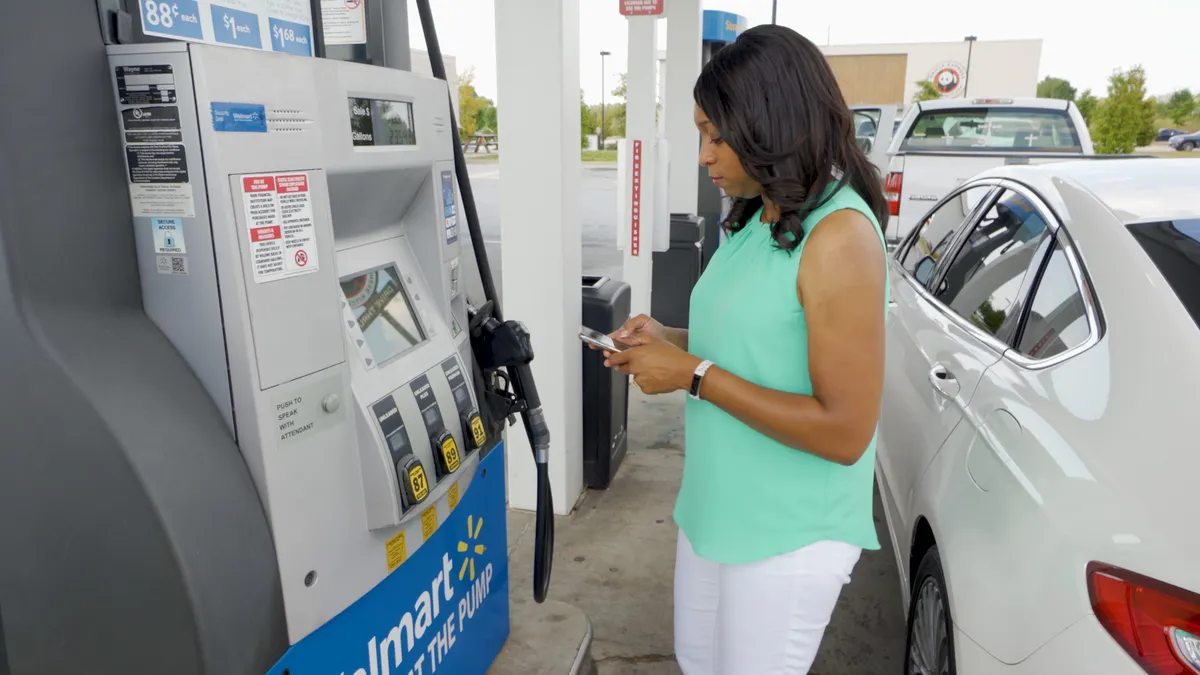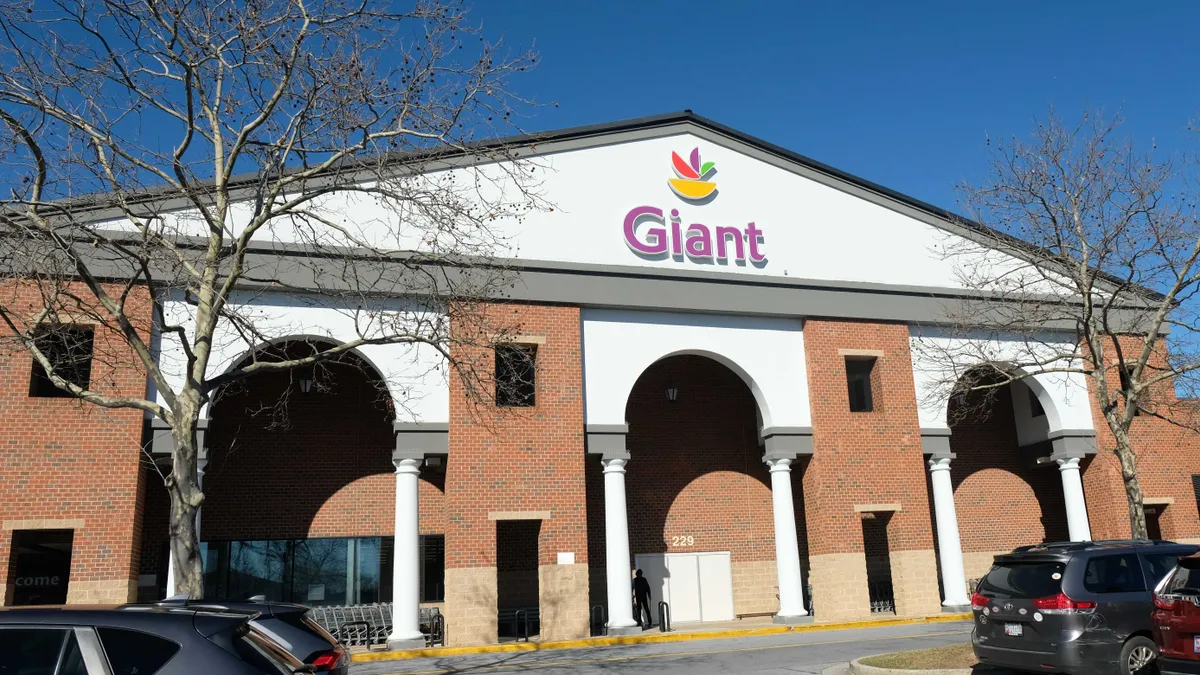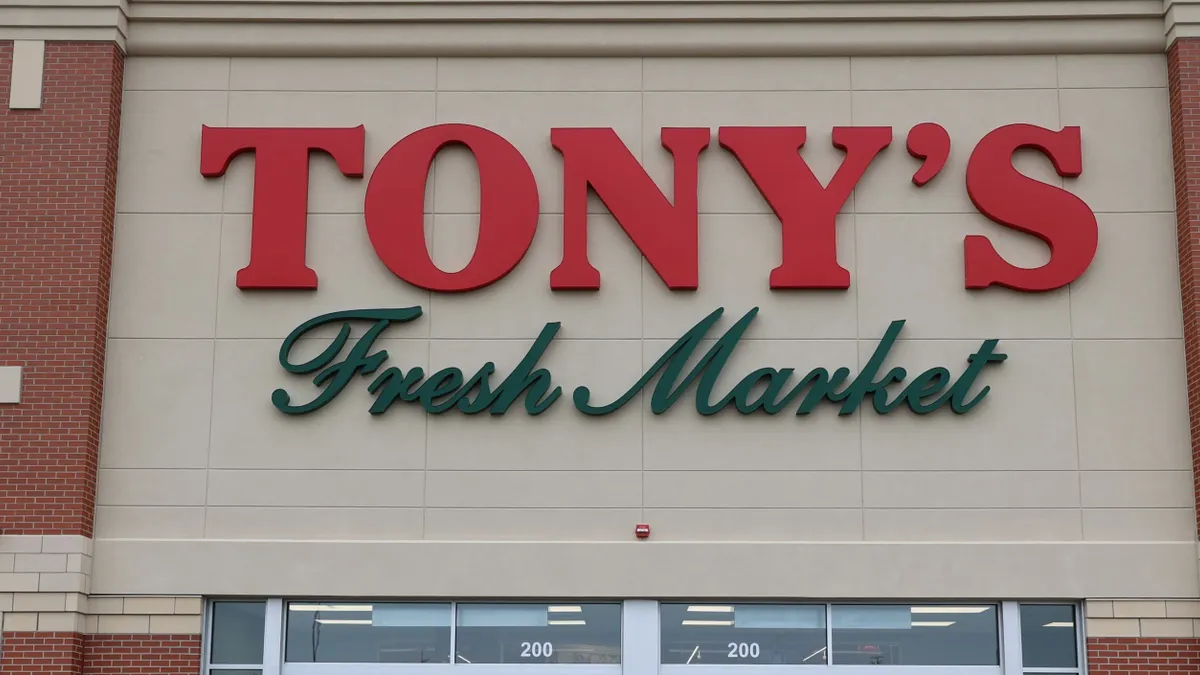Kroger, the 136-year-old grocery giant, heavily depended on social listening to execute an efficient marketing strategy as the coronavirus pandemic started to shut down the country earlier this year, executives said during a livestreamed Advertising Week session Tuesday.
Unlike other retail categories, grocery has reaped rewards from the health crisis, as consumers stock up on food and cook more at home. That's not to say that marketing around a pandemic has been easy, and better keying into consumer sentiment was an important way for Kroger to ensure that needs were being met in real time and with an eye toward sensitivity.
"A lot of people were back in the kitchen and cooking again, whether they wanted to be there or not," Emily Hartmann, Kroger's director of brand building, said during the panel. "Things like restaurant closures and the like certainly benefited us to some degree."
Working closely with agency partner 360i, the largest grocery chain in the U.S. analyzed online conversations on a daily basis to assemble a three-pronged marketing playbook — a resource that grew essential as regular studio production halted due to the virus. Kroger's focus on the three pillars of educational content, customer support and uplifting messaging nearly tripled engagement compared with typical marketing messaging, executives said. The groundwork laid in the crisis' early days also let the brand continue to be reactive to new developments, including a protest movement that gained steam in the spring.
"The spotlight put on the cultural unrest and the Black Lives Matter movement forced our hand to do more here, quite frankly, and we're very glad that it did," Hartmann said. "The team did a really nice job of quickly identifying and elevating Black creators."
A bumpy year
While grocers have generally been painted as receiving a pandemic windfall, Kroger executives said the situation initially proved more costly than regular operations. Despite investing millions in digital technology over the years, including forward-looking bets like self-driving delivery robots, Kroger was caught off guard by the pandemic and initially struggled to keep pace with rivals in the shift to online shopping, The Wall Street Journal reported last month.
Those disruptions laddered down to marketing as well.
"We were adjusting production dollars because, really, we were just doing things faster," Hartmann said. "We were also spending more because we weren't turning things off — we were actually trying to get more messages out there and in a more efficient way."
In order to get things running at a smoother clip, Kroger and 360i coordinated closely on social listening analyses. Executives from both groups noted that such reporting is important even during a normal year, but has jumped to the top of the agenda given the fast pace of news and the larger spotlight on social media as a driver of engagement during the pandemic.
"It was the quickest way to get feedback from our customers and consumers, in general, on what was going on in sort of the macro [sense]," Hartmann said of Kroger's social listening. "Some of the things you were reading, you could actually [take action] on it far more [effectively]."
Having an ear to the ground online allowed Kroger to key into consumer demands that arose around the health crisis, including requests for information on safety guidelines and changes to store operations. When people started asking for earlier shopping hours for senior citizens, Kroger was able to implement the policy within a few weeks, said Kristin Maverick, 360i's vice president of social and influencer marketing. Similarly, as swells of consumer empathy rose for frontline works, Kroger was able to quickly deploy messaging centered on its employees, particularly store associates.
"Our normal constituents being the consumer, that aperture opened up a little bit wider because we really had to answer the call with our associates as well," Hartmann said. "We've got half a million associates in the country and they are very quickly becoming part of that frontline workforce. Being able to listen to what they're talking about on social as well and answer them was critical."
Looking forward
In terms of how its advertising evolved, Kroger, which refreshed its brand platform late last year around the concept "Fresh for Everyone," has had to depend more on tools like animation and repurposed B-roll to keep up a regular output. Dipping into historical video footage helped assemble the how-to guides and recipes that Kroger has relied on to give homebound consumers ideas about how to occupy their time.
"What we figured out is, we're not going to be really precious about the creative assets, necessarily. We will be precious about the message," Hartmann said. "As long that felt right, we were good to go and it allowed us to move a lot faster."
Returning again to social, the brand has also dug deeper into its network of influencer partners, known as the Kroger Collective, to not go dark online.
"A lot of brands were in a tough spot because you can't shoot content anymore. [Kroger] really leaned into influencers to help fill a lot of those content gaps, when we maybe needed a little bit of extra time," Maverick said.
Though Kroger's approach is one born of extraordinary circumstances, it has its silver linings. Recalibrating toward quick-hit marketing has allowed the chain to build up a well of content that could prove useful in the coming holiday season and critical Q4 sales period, according to Maverick.
"Now we have a ton of content, too, that we've banked, and [the problem is], 'how do we share this, because we have so much?,'" Maverick said. "It's a good place to be in."



